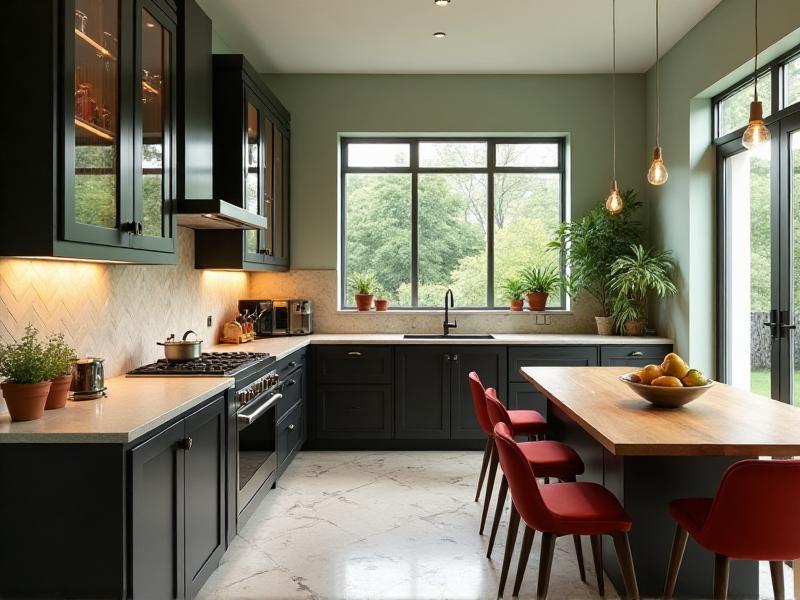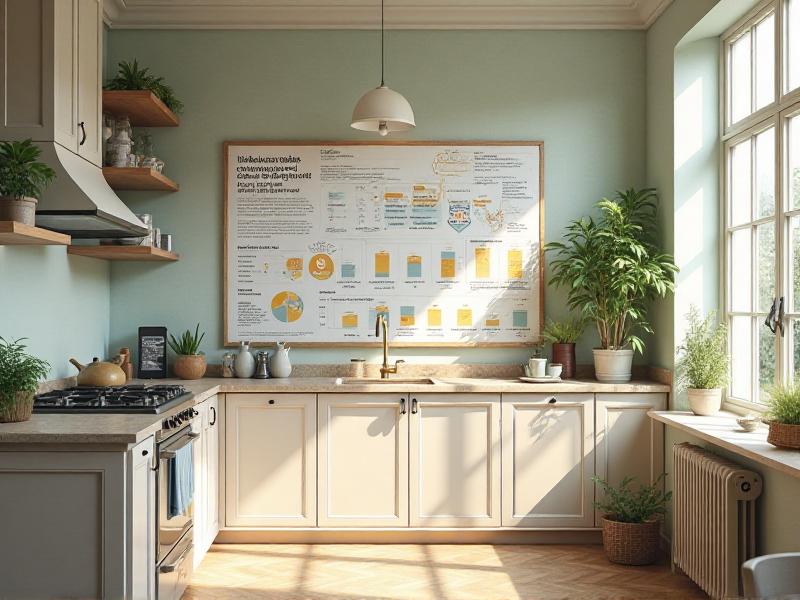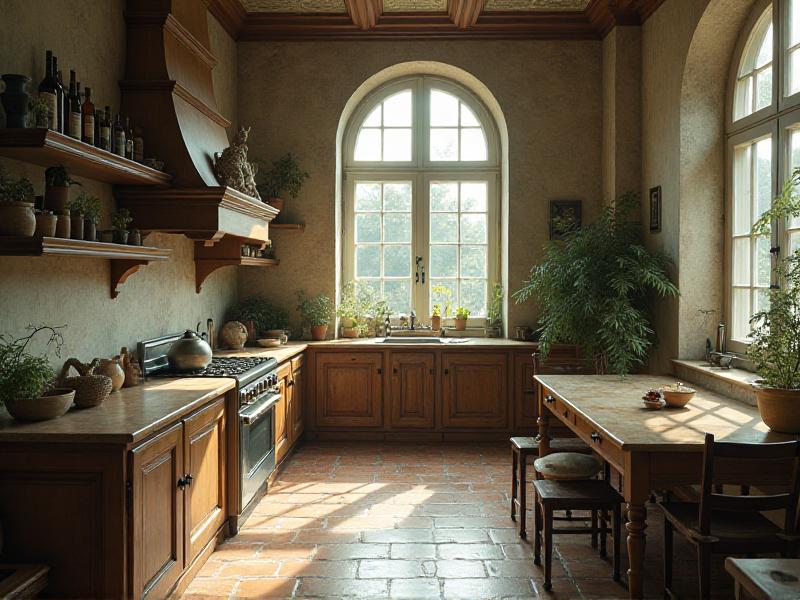Planning Your Kitchen Remodel: Where to Begin

Embarking on a kitchen remodeling project can be both exciting and overwhelming. The first step is to establish a clear vision for your new kitchen. Consider your lifestyle, cooking habits, and the overall aesthetic you want to achieve. Start by creating a wish list of must-haves and nice-to-haves. This will help you prioritize your budget and make informed decisions throughout the process.
Next, set a realistic budget. Research the average costs of kitchen remodels in your area and factor in a contingency fund for unexpected expenses. It's also a good idea to consult with a financial advisor or contractor to ensure your budget aligns with your goals.
Finally, gather inspiration. Browse home improvement magazines, websites, and social media platforms like Pinterest and Instagram. Create a mood board to visualize your ideas and share them with your contractor or designer. This will help ensure everyone is on the same page from the start.
Designing Your Dream Kitchen: Layout and Style
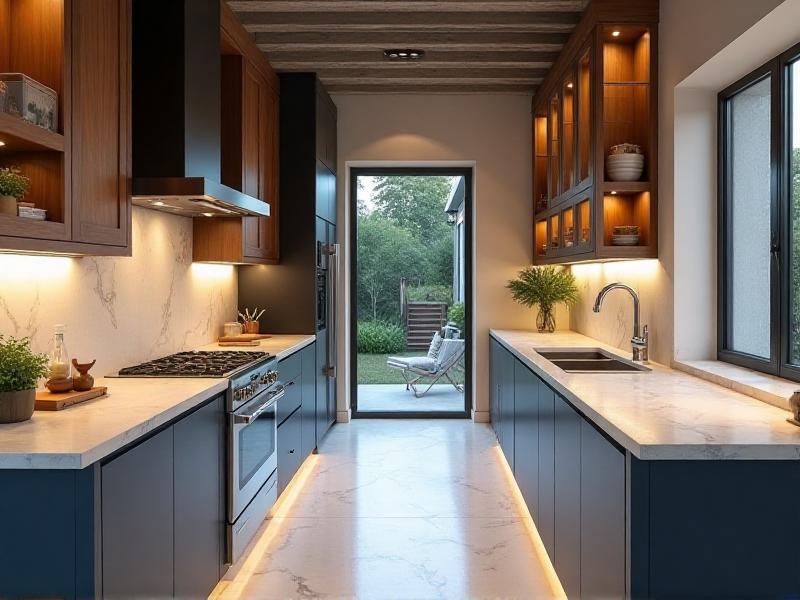
Once you have a clear vision and budget, it's time to focus on the design. The layout is one of the most critical aspects of your kitchen remodel. Consider the work triangle—the relationship between the sink, stove, and refrigerator—to ensure efficient workflow. Popular layouts include the galley, L-shaped, and U-shaped designs.
Style is another essential element. Whether you prefer a modern, minimalist look or a cozy, farmhouse vibe, your kitchen's design should reflect your personal taste. Choose materials, colors, and finishes that complement your home's overall aesthetic. Don't forget to consider functionality, such as storage solutions and lighting.
Work closely with a designer or architect to create detailed plans and blueprints. These documents will serve as the foundation for your project and help avoid costly mistakes down the line.
Hiring the Right Professionals: Contractors and Designers

Choosing the right team is crucial for a successful kitchen remodel. Start by researching local contractors and designers with experience in kitchen renovations. Ask for recommendations from friends, family, or online reviews. Verify their credentials, licenses, and insurance to ensure they meet industry standards.
Once you've narrowed down your options, schedule consultations to discuss your project. Pay attention to their communication style, responsiveness, and willingness to listen to your ideas. Request detailed quotes and timelines to compare their services and pricing.
Before signing any contracts, review the terms and conditions carefully. Ensure everything is documented, including the scope of work, payment schedule, and project timeline. A well-defined agreement will help prevent misunderstandings and ensure a smooth remodeling process.
Selecting Materials and Appliances: Quality and Functionality
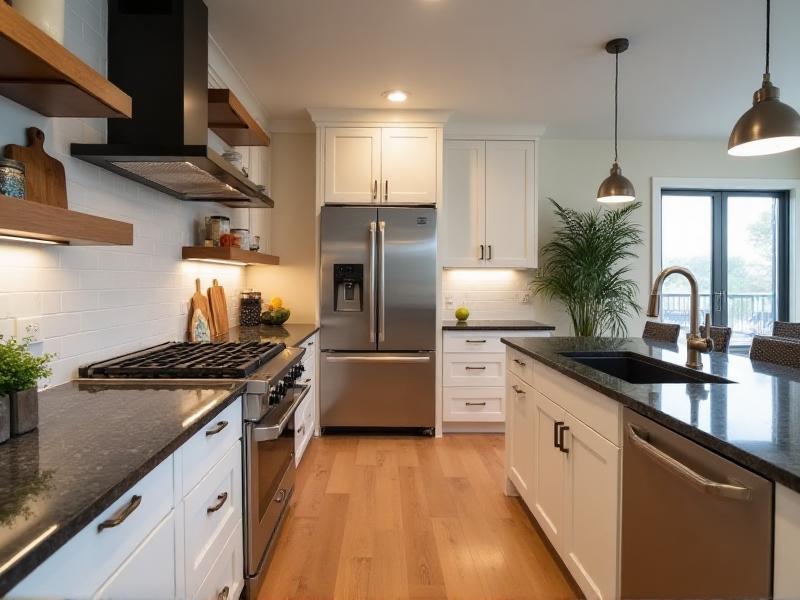
Choosing the right materials and appliances is a critical step in your kitchen remodel. Start by selecting durable, high-quality materials that can withstand daily wear and tear. Popular options include quartz or granite countertops, hardwood or tile flooring, and solid wood or laminate cabinets.
When it comes to appliances, prioritize energy efficiency and functionality. Look for models with high Energy Star ratings to save on utility bills. Consider your cooking habits and choose appliances that meet your needs, whether it's a professional-grade range or a smart refrigerator with advanced features.
Don't forget about the smaller details, such as hardware, faucets, and lighting fixtures. These elements can significantly impact the overall look and feel of your kitchen. Take your time to explore different options and choose pieces that complement your design.
Demolition and Preparation: Clearing the Way for Your New Kitchen

Before the construction begins, your old kitchen needs to be cleared out. This phase involves demolition, which can be messy and time-consuming. Start by removing all items from your cabinets and drawers. Protect your belongings by storing them in a safe place or renting a temporary storage unit.
Next, the demolition crew will remove old cabinets, countertops, flooring, and appliances. Be prepared for dust and debris, and consider sealing off other areas of your home to minimize the impact. If you're doing a partial remodel, take extra care to protect the areas that will remain unchanged.
Once the space is cleared, the preparation phase begins. This includes any necessary structural repairs, such as fixing walls, floors, or plumbing. Proper preparation ensures a solid foundation for your new kitchen and helps prevent issues during installation.
Installation: Bringing Your Vision to Life
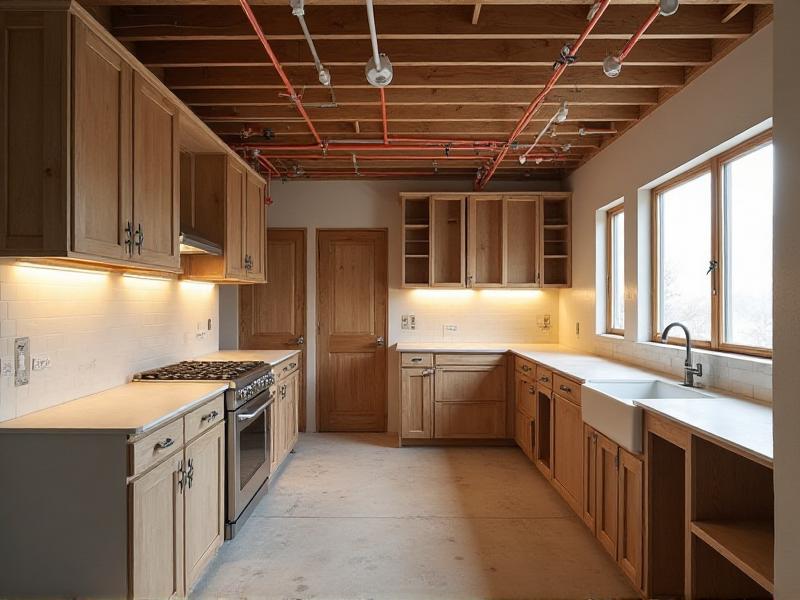
With the space prepared, it's time to start installing your new kitchen. This phase typically begins with plumbing and electrical work. Ensure all pipes, wires, and outlets are correctly installed and up to code. This is also the time to install any new lighting fixtures or under-cabinet lighting.
Next, the cabinets are installed. This is a critical step, as they form the backbone of your kitchen's layout. Once the cabinets are in place, the countertops are measured and installed. Be sure to choose a reputable fabricator to ensure a perfect fit.
Finally, the flooring, backsplash, and appliances are installed. This is when your kitchen truly starts to come together. Take your time to inspect each element and address any issues before moving on to the next step.
Finishing Touches: Adding Personality and Functionality

The finishing touches are what make your kitchen uniquely yours. Start by adding decorative elements, such as artwork, plants, or a stylish rug. These small details can significantly impact the overall ambiance of the space.
Next, focus on functionality. Install organizers in your cabinets and drawers to maximize storage space. Consider adding a kitchen island or breakfast bar for additional seating and workspace. Don't forget about lighting—layered lighting, including task, ambient, and accent lighting, can enhance both the functionality and aesthetics of your kitchen.
Finally, take the time to clean and organize your new kitchen. This is your opportunity to ensure everything is in its place and ready for use. Enjoy the fruits of your labor and start cooking in your beautiful new space!
Key Takeaways
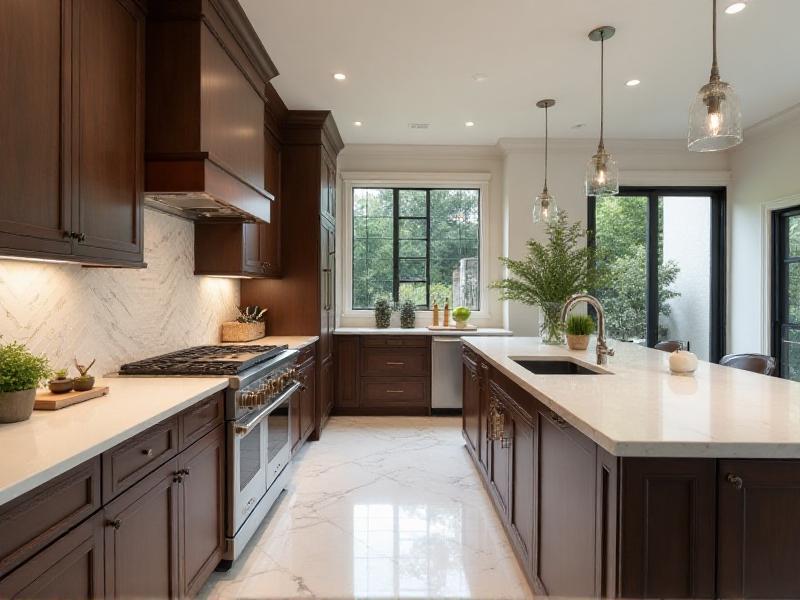
1. Start with a clear vision and budget to guide your kitchen remodel.
2. Work with experienced professionals to ensure a smooth and successful project.
3. Choose high-quality materials and appliances that balance style and functionality.
4. Proper planning and preparation are essential for a seamless remodeling process.
5. Don't overlook the finishing touches—they add personality and make your kitchen truly unique.
Frequently Asked Questions
Q: How long does a kitchen remodel typically take?
A: The timeline for a kitchen remodel can vary depending on the scope of the project. On average, a full kitchen remodel takes between 6 to 12 weeks. However, smaller projects or partial remodels may take less time.
Q: What is the most expensive part of a kitchen remodel?
A: Cabinets and countertops are typically the most expensive components of a kitchen remodel. High-end materials and custom designs can significantly increase costs. Appliances and labor are also major expenses.
Q: Can I live in my home during a kitchen remodel?
A: Yes, it's possible to live in your home during a kitchen remodel, but it can be inconvenient. Consider setting up a temporary kitchen in another part of your home to make the process more manageable.

